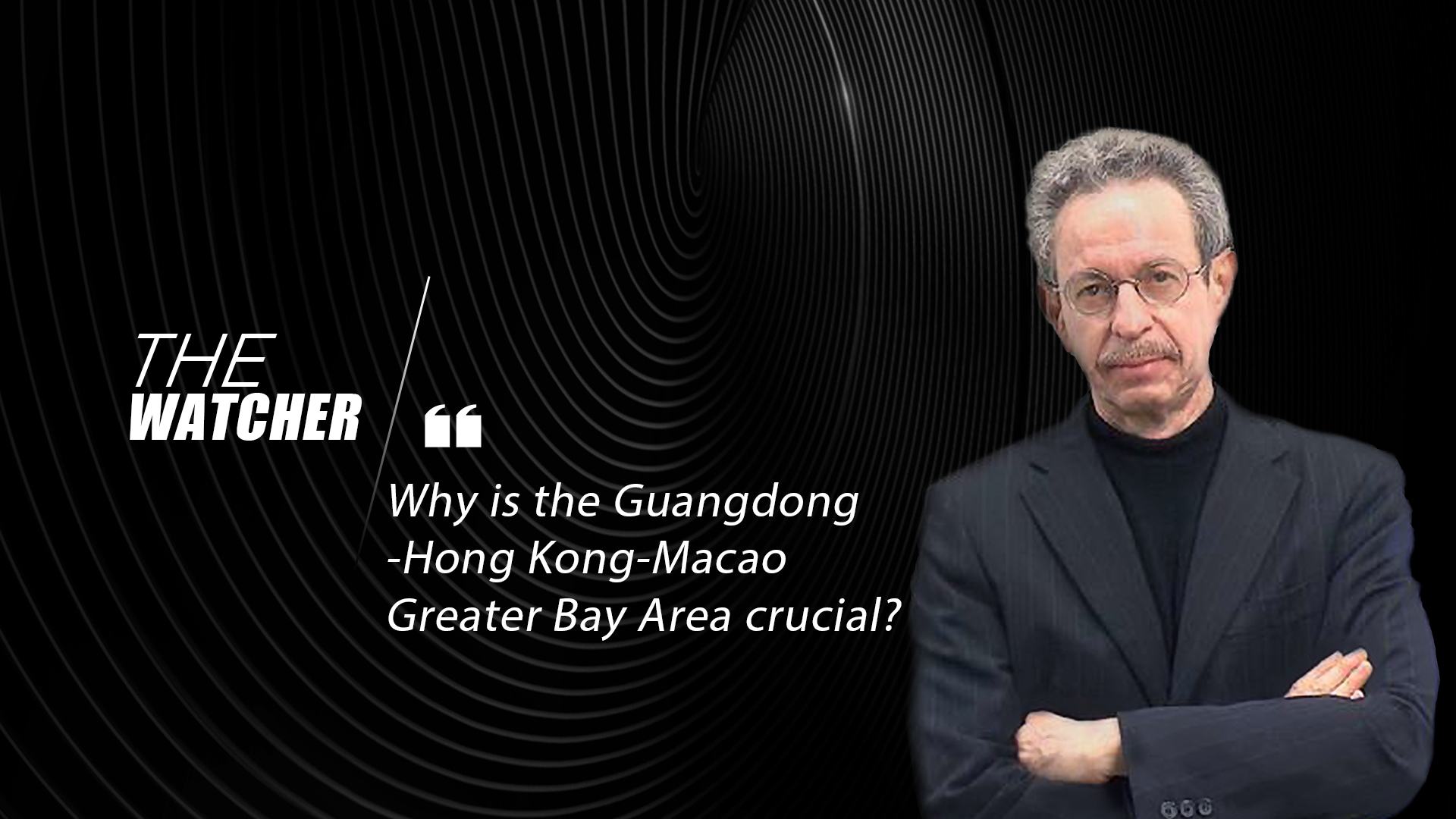
Opinions
17:00, 28-May-2018
Why is the Guangdong-Hong Kong-Macao Greater Bay Area crucial?
Robert Lawrence Kuhn
03:30

Editor's note: Dr. Robert Lawrence Kuhn is a CGTN anchor is a public intellectual, international corporate strategist and investment banker.
I’m Robert Lawrence Kuhn and here’s what I’m Watching: The Guangdong-Hong Kong-Macao Greater Bay Area Master Plan for regional coordination and integration.
In the early stages of China’s reform and opening-up, Guangdong Province and Hong Kong both flourished.
Guangdong was the center of cheap-labor, low-cost manufacturing; Hong Kong was the financial and legal center of Asia, through which much of China’s international trade flowed and was financed.
But times change and both models have passed into history. With rising labor costs – which is a good thing for China’s workers – Guangdong must upgrade its industry, go tech and high-tech.
Hong Kong’s uniqueness has been eroded by the spectacular rise of Shanghai and Shenzhen as centers of trade and finance. That’s why the Greater Bay Area plan is critical.
What is the Master Plan for this vast regional coordination? How does it work? Where are the fault lines? What are the risks? Are the different political, legal and economic systems of the Greater Bay Area a facilitator or an impediment?
In particular, could greater integration erode the sacrosanct “One Country, Two Systems” policy? Could integration degrade Hong Kong’s and Macao’s distinct way of life?
If the Guangdong-Hong Kong-Macao Greater Bay Area were an independent country, its GDP would rank almost in the top 10, certainly in the top 15, roughly the size of Russia’s or South Korea’s, larger than Australia’s.
The Master Plan makes sense: because Guangdong and Hong Kong each have lost its unique role. New strategic positioning must be developed. The targets are clear: industrial transformation, moving up the value chain with technology, branding and service.
Here, Hong Kong’s world-class competence and professionalism, combined with Guangdong’s capacity to mobilize resources, can make a powerful combination.
To achieve global competitiveness, two keys are: building world-class infrastructure for connectivity, and attracting world-class talent to drive innovation – the former is easier than the latter.
New industries must be supported: next generation IT, bio-tech, high-end equipment manufacturing, new materials, creative culture. There is more competition, especially from the Yangtze River Economic Belt centered around Shanghai.
Moreover, in the past, Hong Kong took all of the Chinese mainland as its market. Now it will have to think and focus more regionally. A potential challenge: how might such central planning affect Hong Kong, which thrived because its market system has been one of the freest, and its legal system one of the finest.
In China’s New Era, President Xi Jinping framed the five New Concepts of Development, of which “Coordination” is the second. The Greater Bay Area exemplifies Coordination. It is the test case. I’m keeping Watch. I’m Robert Lawrence Kuhn.

SITEMAP
Copyright © 2018 CGTN. Beijing ICP prepared NO.16065310-3
Copyright © 2018 CGTN. Beijing ICP prepared NO.16065310-3